Top 5 U.S. MOB Markets by Inventory
These metros are strongholds for medical office growth and health-care investment, according to Yardi Research Data.
The medical office sector continues to demonstrate remarkable stability across real estate cycles, buoyed by consistent demand for health-care services, an aging population and the sector’s resilience to remote work trends.
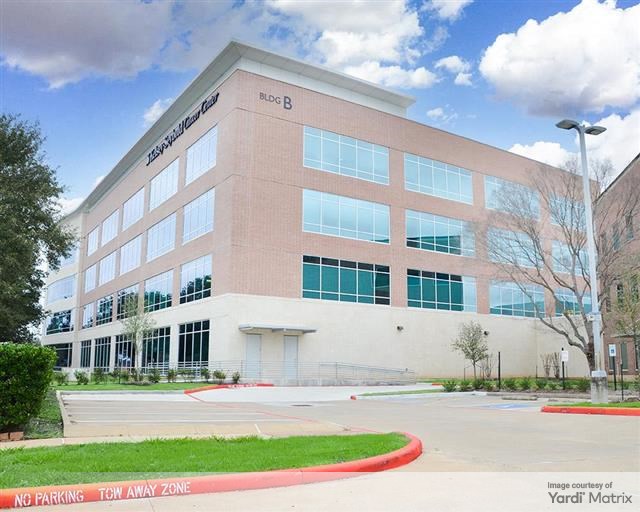
According to Yardi Research Data, the U.S. is home to 28,726 medical office properties totaling more than 2.2 billion square feet of rentable space. Within that national landscape, five major metros lead the way in terms of inventory and long-term positioning.
These top markets—Houston, Washington, D.C., Los Angeles, Chicago and Manhattan—combine deep health-care ecosystems with dense populations and strategic infrastructure, making them magnets for both providers and investors.
“The top medical office markets are stable metro areas with projected population growth,” said Marianne Skorupski, director of National Office Research at Colliers. “They each have premier health systems that are growing within their regions, expanding services and capabilities. These regions will continue to be centers of excellence, drawing patients from around the world for specialized care.”
Below, we rank the top five medical office building markets by total inventory, using Yardi Research Data on rentable square footage and construction activity to offer a snapshot of their position in today’s health-care real estate landscape.
1. Houston
Houston tops the nation in medical office inventory, with 101.2 million square feet across 896 properties—accounting for 4.5 percent of the country’s total medical office stock. The metro also leads in active construction, with 13 properties underway encompassing more than 1.1 million square feet, underscoring continued confidence in long-term health-care demand.
According to Colliers’ Q2 2024 data, Houston recorded the highest annual net absorption among major U.S. metros—1.3 million square feet—outpacing the 950,000 square feet delivered during the same period.
Ryan McCullough, Partner at Texas-based Partners Real Estate, attributes this momentum to Houston’s global reputation for medical care and its favorable fundamentals. “The Houston Medical Center is a worldwide destination for medical care,” he noted. “Coupled with a low cost of living, we’ve seen consistent population growth leading to more demand for care.”
He also pointed to the market’s ease of development as a key advantage.
“The barriers to entry are low, allowing for a variety of players to undertake opportunistic developments.” Investor interest is particularly strong in high-growth suburbs like The Woodlands, Sugar Land and the NASA/Clear Lake area, where joint venture outpatient centers are expanding the metro’s footprint.
2. Washington, D.C.
A close second to Houston, Washington, D.C., boasts 101.1 million square feet of medical office space across 1,059 properties, making up close to 4.5 percent of the nation’s total medical office inventory. This high medical office-to-office ratio signals just how embedded the sector is in the region’s health-care framework.
Though new development is limited—just 30,000 square feet under construction as of June—the market remains highly stable, supported by steady tenant activity. A recent example is MedStar Pediatrics’ lease of 25,000 square feet at 4200 Wisconsin Ave., a move that signals continued suburban growth for the health-care system. This new urgent care location reflects a broader trend: demand for medical office space is being driven by a mix of academic medical centers and regional heavyweights such as MedStar Health, Inova and Georgetown University Hospital, all of which continue to expand outpatient services across the metro.
What’s more, Washington, D.C., benefits further from a well-educated, affluent population increasingly seeking outpatient services. Strong policy support for health-care expansion—combined with active institutional participation—continues to enhance the region’s appeal to developers, health systems and investors.
3. Los Angeles
Los Angeles is home to one of the largest and most complex medical office markets in the U.S., with 98 million square feet across 1,132 properties—roughly 4.3 percent of the national inventory. Major health systems like UCLA Health, Cedars-Sinai and Kaiser Permanente continue expanding their outpatient networks across the metro’s diverse submarkets.
“Los Angeles continues to see strong medical office demand driven by outpatient care growth, particularly as services shift into more localized, retail-based clinics,” said Daniel Solomon, vice president & health-care real estate specialist at Kidder Mathews. “In Q4 2024 alone, the region absorbed 19 million square feet—up nearly 15 percent year-over-year—with occupancy rising above 92 percent.”
While just over 124,000 square feet is under construction, high land and building costs in dense areas like Mid-Wilshire constrain new supply. That imbalance between supply and demand is what continues to drive value, Solomon noted.
He added that over half of new construction in 2024 was health system-led, guided by data on patient flow and community needs. High-profile projects such as UCLA’s $452 million redevelopment of Olympia Medical Center reflect long-term investment in outpatient care as systems adapt to demographic shifts, policy changes and the push toward lower-cost, community-based care delivery.
4. Chicago
Chicago ranks among the nation’s top medical office markets, with 95.4 million square feet spread across 994 properties, accounting for 4.2 percent of the nation’s medical office inventory. The market balances scale with steady renewal: About 927,000 square feet of medical space across six projects was under construction in June, reflecting ongoing developer confidence in health-care real estate.
The largest project underway is AbbVie Foundation Cancer Pavilion in South Chicago, a 575,000-square-foot project spearheaded by the University of Chicago Medicine. Meanwhile, architectural plans were approved in 2024 for Northwestern Medicine’s five‑story, $80 million medical office building at Bronzeville, which will add substantial suburban-style care facilities on Chicago’s South Side.
Leading health systems—Northwestern Memorial, Rush University Medical Center and University of Chicago Medicine—continue to anchor leasing and expansion. Beyond institutional development, medical office building sales surged in 2024, with a nearly 34 percent year-over-year increase in acquisitions of outpatient facilities, driven by rising investor interest, according to Yardi Research Data.
5. Manhattan
As of June, Manhattan featured 90.5 million square feet of medical office space across 377 properties, accounting for 4.0 percent of the nation’s medical office inventory. The market is defined by its density and institutional strength, home to some of the country’s most prominent health-care systems.
Due to tight land availability, steep construction costs and strict zoning laws, new ground-up development remains limited—just 636,100 square feet across three properties. However, this scarcity helps preserve the value of existing assets and encourages landlords to pursue redevelopment and vertical expansion as primary strategies for modernization and growth.
A prime example is the 30-story, 400,000-square-foot medical office building at 403 E. 79th St., which topped out in mid-2024 and is expected to deliver in 2025 as a major outpatient and surgical center for Hospital for Special Surgery. Additionally, Park Sixty, a 179,000-square-foot Class A medical office property, recently underwent a $20 million modernization to enhance infrastructure and amenities.
Leading institutions—NewYork-Presbyterian, Mount Sinai and NYU Langone—continue to drive demand. Manhattan also claimed 24 of the top 100 office leases signed in 2024, highlighting the borough’s enduring appeal to major health-care and commercial tenants.

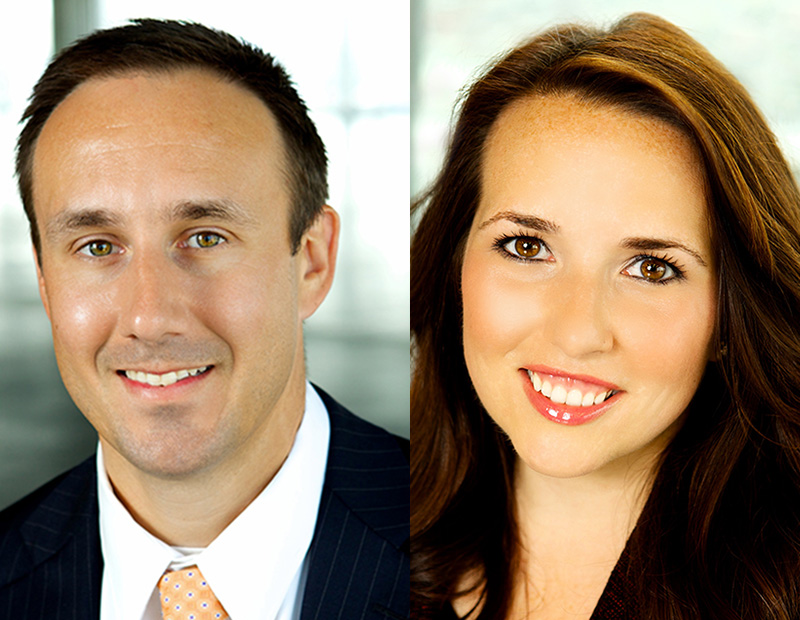
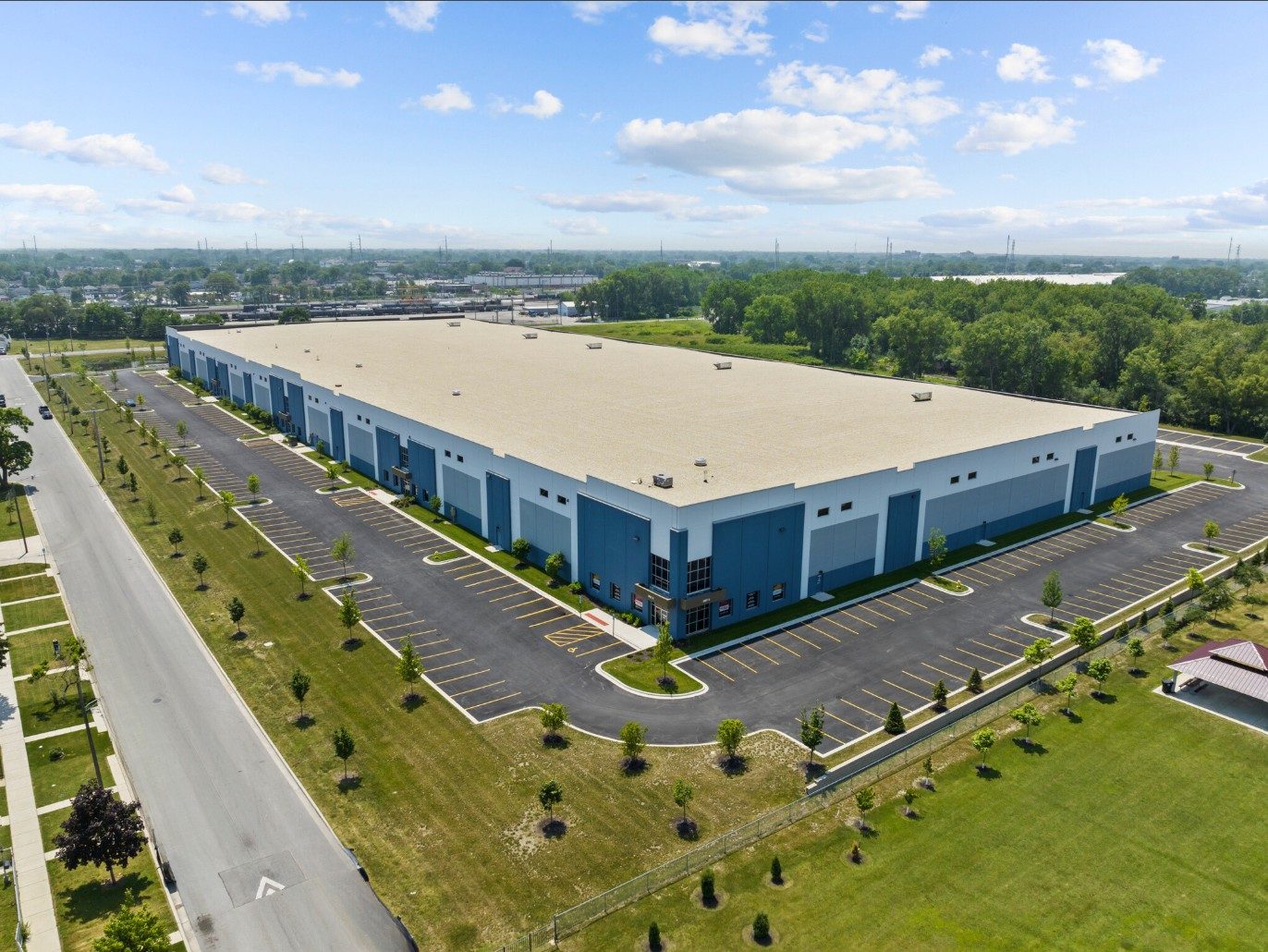

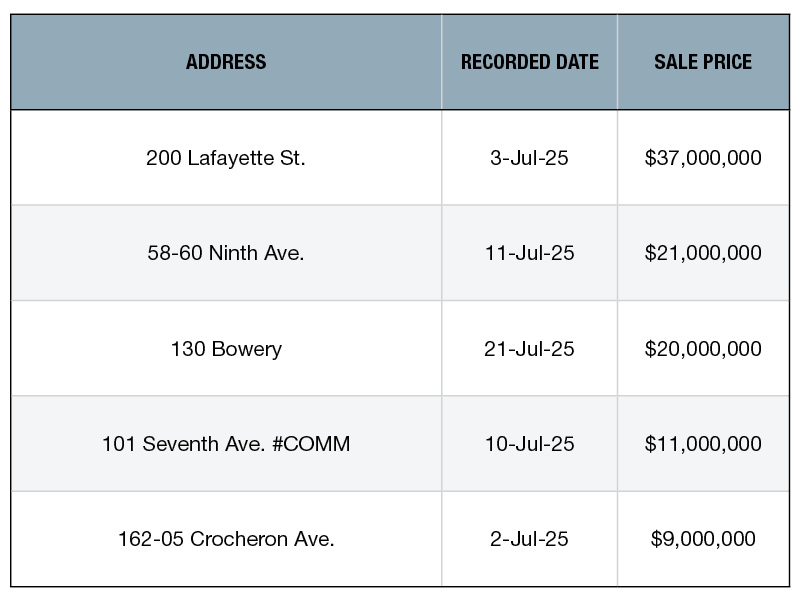
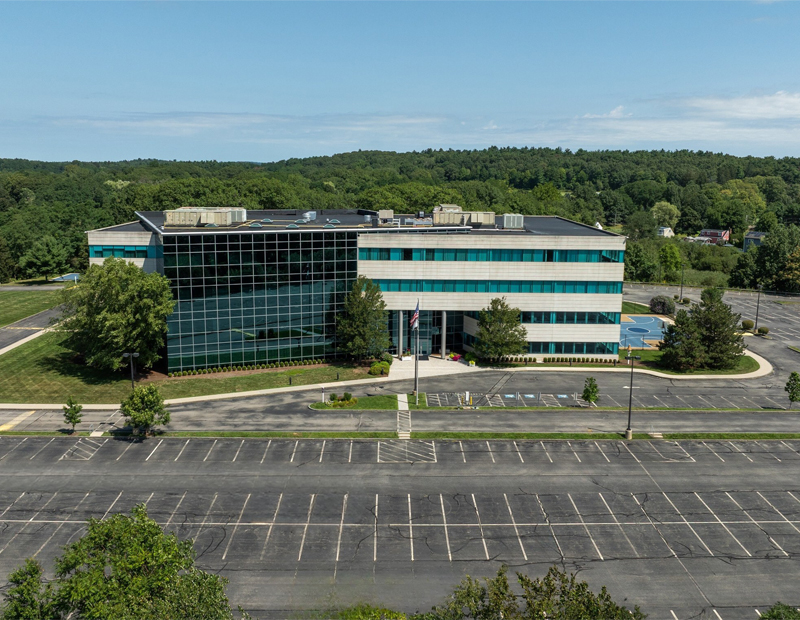
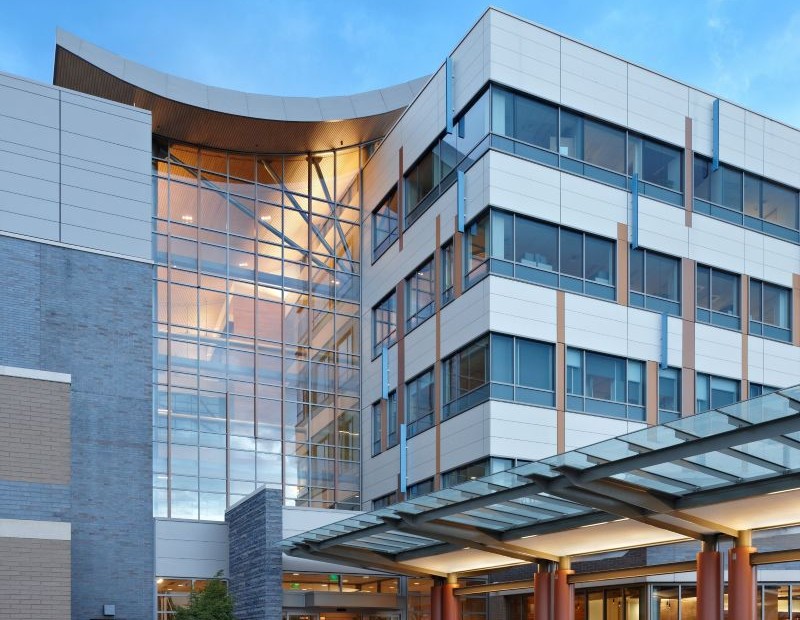
You must be logged in to post a comment.